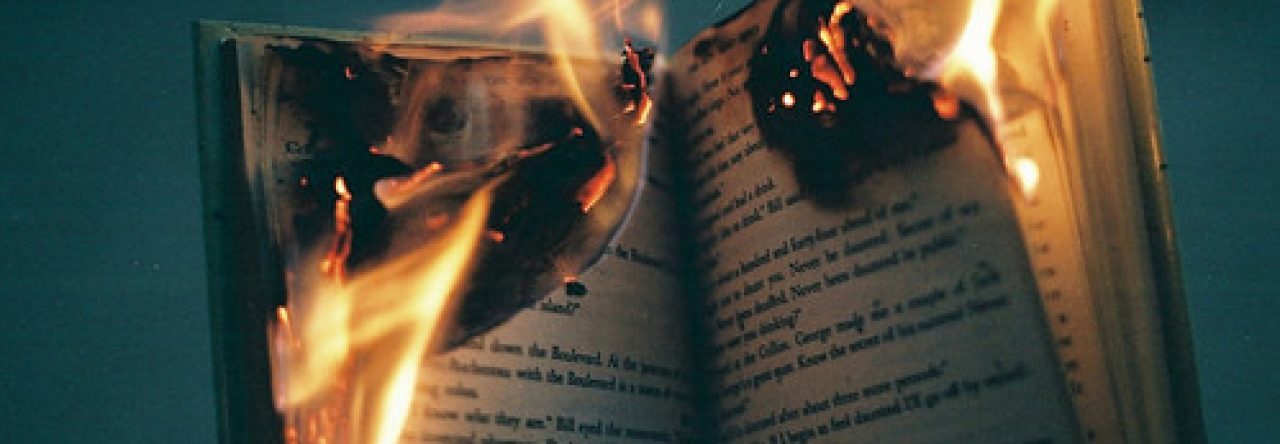One main theme i came across from almost all of the readings done in this class is the trend to just document what the non-British descendant people of did, There is never really any documentation of why they did what they did and how important some of their actions actually were. Like in the first reading “The Buffalo Jump,” By Jack Brink it shows that the Indigenous peoples of the plains needed to shown in a better light because of the massive coordination and technology that they produced. The second reading, James P. Ronda’s, “We Are Well As We Are,” shows the state of mind and resilience the many indigenous peoples had when it came to the Religious teachings of European missionaries. The fourth paper, Naomi Griffiths’ paper “Acadian Identity: The Creation and Re-creation of Community,” shows the trials and tribulations of the Acadian peoples who continued their culture and lifestyles even after a mass deportation that separated their entire population. Then the sixth reading, “Into That Country to Work” by Mica Jorgenson and “British Columbia’s Gold Rushes” by Thomas Thorner and Thor Frohn-Nielsen portrays the vital role of all minority groups in the somewhat failed British Columbian gold rush. The final and ninth reading log, “Responses to Confederation Proposals,” ( No Author) and several archived articles from the Library and Archives Canada website show how the best option isn’t always the easiest.
The biggest thing i took from the reading logs is to look at all sides of a story with clairvoyance. Take into account all accounts and stay far away from any biases. Through this I believe one will find just how crucial non-male and non-British Canadian peoples really were in creating this great nation in the way that it is today.

Leave a Reply